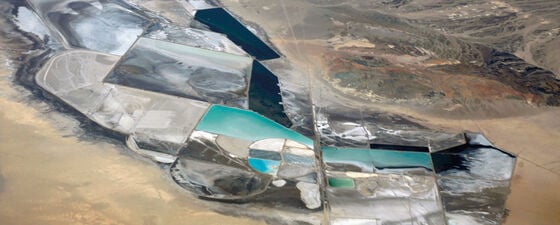Prospect high grading does have an effect – an increased commercial success ratio as demonstrated by the Norwegian continental shelf.
In 1978 – that is, almost 40 years ago – Exxon decided not to apply for the acreage that later was revealed to host the largest oil and gas field in the entire North Sea. We now know that originally recoverable reserves in the Troll field were 11 Bboe. According to an unauthorised source, the supermajor did a detailed de-risking of the prospect. The local exploration team had identified a structural trap associated with an extensive flat spot that crosscut stratigraphy. Using a ‘silver bullet’ procedure, the overall rock volume was considered by the headquarters to be too large to be “believable”. The prospect was thus downgraded.
It is now safe to conclude that the silver bullet procedure showed a fatal flaw. The lesson learned is that silver bullets can misfire. Nevertheless, on the Norwegian continental shelf (NCS) we continue to drill dry wells more often than previously.
In the NCS Exploration conference in Oslo in May, Westwood Global Energy Group presented data showing that commercial success rates (CSR) averaged 34% from 2008 to 2011, but from 2012 onwards CSR rates have averaged only 24%. Pre-tax drilling finding costs increased from US$ 4.93 to US$ 6.06/boe from the first to the second period. This is bad news and may reduce value for the oil companies. 2015 was particularly bad, with CSR reaching a low of 9%.
Also, certain lower risk plays, such as the Jurassic plays in the Northern North Sea and the Norwegian Sea that had been delivering commercial success rates in the 34–50% range, were found to have significantly underperformed, with average commercial success rates of only 24%.
This is happening in spite of significant improvements in imaging and the introduction and improvements of several ‘revolutionary’ de-risking tools, some of which were expected to be silver bullets, as well as increased geological understanding.
With a significantly lower well count in 2016, however, success rates improved across all pre-drill risk categories in 2016, meaning – Westwood says – that prospect high grading has been having an effect. This does not mean that the silver bullet has been found. Rather, it is tempting to conclude that risk awareness has increased with a lower oil price.
The very first oil discovery on the Norwegian continental shelf was made exactly 50 years ago. On 24 May 1967, Exxon found oil in Palaeocene sandstones, later to be recognised as turbidites and injectites. As indicated by this seismic line, there was certainly no silver bullet involved in targeting the prospect. (Source: ExxonMobil)



